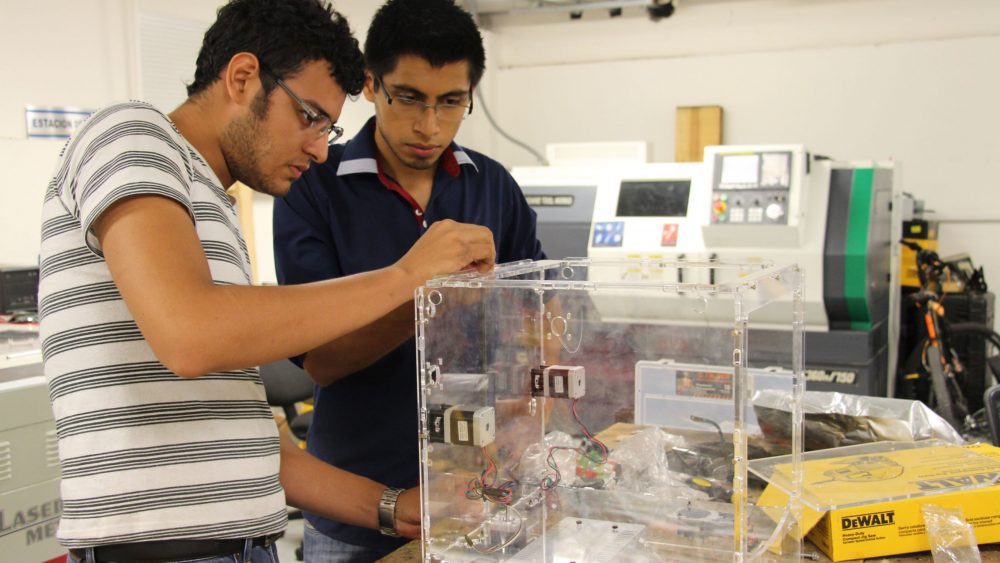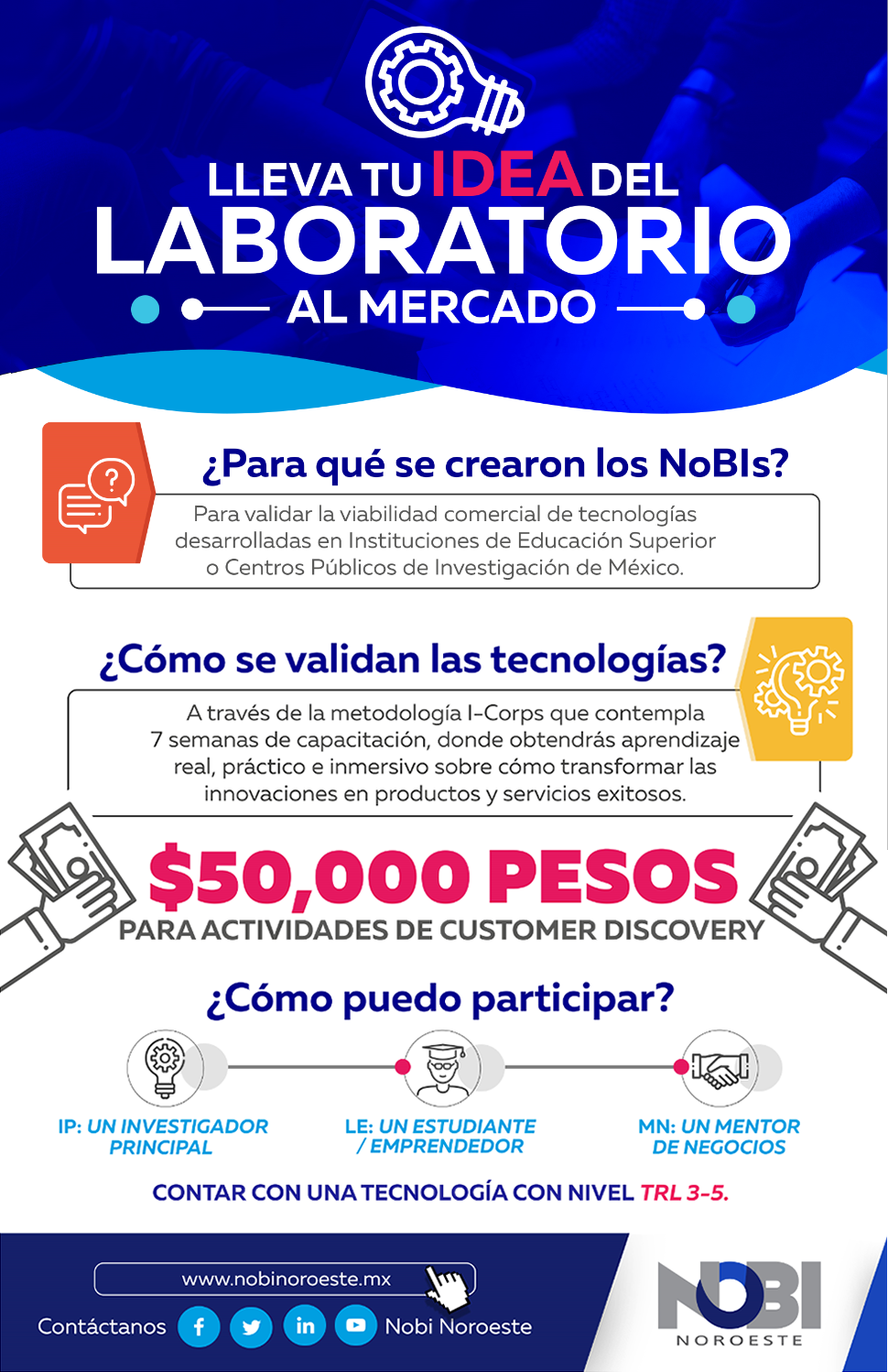Students of the Autonomous University of Sinaloa (UAS, Universidad Autónoma de Sinaloa), who participate in the creation of prototypes at the Technological Innovation Park (PIT, Parque de Innovación Tecnológica), developed a systems that allows for recycling up to 70% of material used in 3D printings.
Javier Eduardo Avitia Camacho, altogether with his schoolmates of UAS’ industrial processes and electronics engineering, became aware that PIT destined an important amount of resources to acquire 3D printing material, specifically ABS and PLA plastics.
These youths decided to develop a system that permit to save material, so it could be reusable. They did, at the same time the projects they develop at PIT, some of which are technologies for local enterprises.
Javier Avitia, for example, currently works on the prototype of a more versatile machine, this is, with bigger printing usefulness, for its use in the engineering and architecture sectors: a 3D blueprints, printed circuit boards, among others; all in the same machine.
«We develop a 3D printer. Based on this one, we saw the necessity of recycling the printer’s wasted materials, given that if any piece is wrongly designed or in bot being used, it is thrown away, and is plastic material not being used at all and that just pollutes the environment. That is why we decided to do something about it. We decided to recycle those materials, which are thermoplastics and not so complicated to recycle», he commented.
First, he said, they granulated the material, that was extruded after, so it could get back its raw material form, as it is used in 3D printers.
«Like this, it is possible to use at least five times the same material. This is, we no longer throw away the material, we use it again in new prototypes», he commented.
Even, he added, they devised that once the five cycles are accomplished it be possible to blend it with virgin material and reuse it once again. This has generated savings of 70% in the acquisition of printing material at PIT.
«At PIT, we have four 3D printers. We use many plastic kilograms, and with this we are diminishing the material purchase. Virgin raw material, small chips, have a cost near to 100 pesos. If you put this virgin material, automatically realises the filament, which cost is of 500 pesos per reel», he explained.
In the recycling process is included the material that, by some reason, did not work or that approved prototype that goes to higher-resistant material elaboration, ready for its commercialisation.
The systems consists of two machines, two independent prototypes, among them is the plastic material recycler. Now, students work to make the whole system more compact, reducing the machine to a smaller size in order to look for its commercialisation.
«We are also searching the system’s patent. This will be during the next months», said Javier Eduardo Avitia Camacho.
Written by Janneth Aldecoa (Conacyt Information Agency), Translated by Belem Ruiz (Edition and Communication, PIT-UAS).



 Parque Científico Tecnológico, Universidad Autónoma de Sinaloa © 2015
Parque Científico Tecnológico, Universidad Autónoma de Sinaloa © 2015